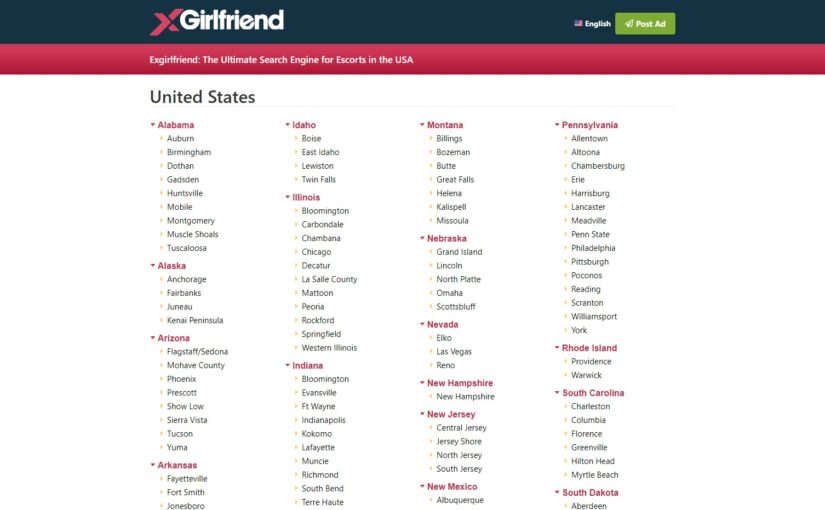Location is one of the best tools you can utilize when you want to promote and increase your brand’s visibility. With location-based marketing, you are attracting more potential customers that are currently in your area. Searches like “Connect with nearby OnlyFans creators on Fansmetrics,” “recommended restaurants near me,” and “stores nearby” are some examples of location-based marketing.
Explaining Location-Based Marketing
It is helpful to know where your target audience is located.
Location-based marketing is explained here. Advertisers can view consumers’ longitude and latitude when location services are enabled on their mobile devices. Afterward, those users might be targeted by marketers and advertisers. This highly effective marketing strategy is most effective when it targets consumers within 500 meters to three miles of the store. You can send a message later on or in real-time, depending on how close the audience is. After all, customers are more likely to return to a targeted area or visit a similar area if they have already visited it.
Types of Location-Based Marketing
In recent years, the proliferation of linked gadgets has made location-based marketing a reality. Phones, automobiles, watches, and seemingly everything else these days are linked to the internet.
Geotargeting
Geotargeting lets you know where a user is so you can send them unique messages based on where they are. If a customer has allowed an app to access their location, they may get push notifications or messages in the app based on where they are or how close they are to a shop.
Mobile Targeting
When marketers show ads to people on their phones, this is called mobile targeting. Marketers try to make ads more relevant to the person seeing them by using time, device, or location information. This is because most people don’t want to see ads.
Beaconing
Beacons are devices that are linked to other devices and can connect to certain apps that are running nearby using Bluetooth or Wi-Fi. Beacons are a good way to reach out to people who are already in a small area.
Benefits of Location-Based Marketing
It’s possible for marketers to send more targeted messages that raise knowledge and build relationships with customers and prospects. These ads are also more likely to get results because they are more focused.
More Relevant Ads
Marketers can make more relevant and personal ads by using real-time location info. This doesn’t have to be limited to where a person is physically. Data about location can also be used to change timing and messages. For example, research might show that a person is more likely to interact with an ad while traveling or on the train. This helps advertisers decide when to show an ad. Location data can also help with writing and making art.
Enhanced User Experience
When marketers use location-based marketing, they need to think about both their location and the location of their customers. For instance, stores on a street with few customers might not want to spend money on position strategies. Also, shops that aren’t on the street, like those in hotels or apartment buildings, should ensure they only sell to people in the building to shop. Regular alerts may annoy people who don’t want to go to the store and hurt the brand’s image.
Takeaway
When you promote your business through location-based marketing, strategize properly. With the right knowledge and execution, you will surely get on top of your game. Other types of marketing may be helpful, but location-based marketing or local SEO is guaranteed to drive traffic and potential customers that are in the area. You will also be more in control of your brand’s reputation as you can ask these customers for reviews face-to-face.








